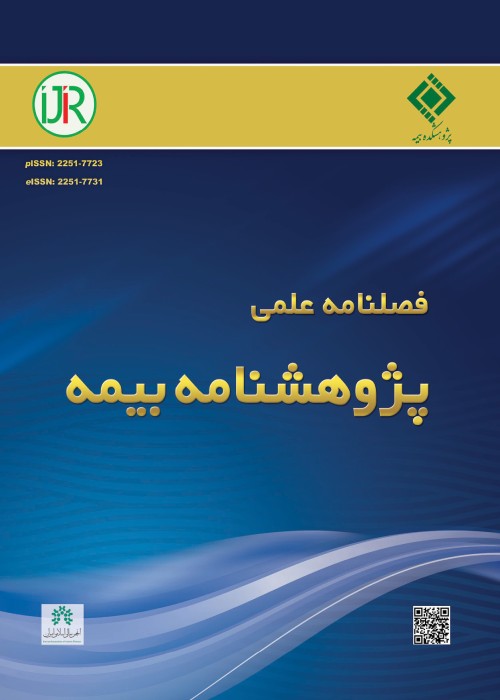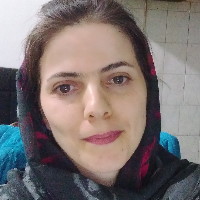Analyzing the influencing factors in the acceptance of the internet of things (IoT) in the Iranian insurance industry
The Internet of Things (IoT) is a new revolution that emerged in the late 21st century, whereby everyday objects such as household items, cars, and wearable's, which are equipped with sensors and RFID chips, can communicate with each other via the internet and interact to their physical surroundings. The IoT has emerged into the daily operation of many industries. Modern Technology applications such as smart grids, smart cities, smart homes, physical security, e-health, asset management, and logistics are related to the insurance business. Therefore, advances in the IoT field have attracted considerable attention from both the insurance industry and academics. Many insurance providers have attempted to present solutions based on the IoT in their main business including automobile insurance and smart sensors with a discount feature. Therefore, this study examines the influential factors in the acceptance of the IoT in the insurance industry according to the Technology Acceptance Model (TAM) and Unified Theory of Acceptance and Use of Technology (UTAUT2). Given the importance of the innovation acceptance process in recent decades, many theories and models have been proposed regarding the acceptance process. Including models for decision-making and acceptance of innovation is the integrated TAM and UTAUT2. In terms of technology acceptance, this model demonstrates the intertwining of the main structures of several well-known models of variance with the intention of user behavior. Variables such as perceived usefulness, perceived ease, social influence, performance expectancy, effort expectancy, facilitating conditions, trust, Security, and perceived risk were selected to examine the factors affecting IoT acceptance intention. The role of age moderators on the relationship of each hypothesis was also investigated.
This study, in terms of its purpose, is categorized as applied research and based on methods and data collection is descriptive survey research. Required data collected for the study consists of 100 managers, employees, and agencies of insurance companies in Tehran city, the questionnaire was distributed among them through a simple random sampling method. In order to measure the validity of the tool, face and convergent validity were used through the mean of variance (AVE), which was more than 0.5. Calculating Cronbach's Alpha showed the reliability of the tool was 0.777, also calculating composite reliability indicated the result above 0.7. Also, the direction analyzes the data, descriptive and inferential statistics and the structural equation modeling were employed with SPSS 23 and Smart PLS 3.0 software programs.
The results of the study indicate that the perceived usefulness (b = 0.313, t-value = 3.112) and perceived ease (b = 0.178, t-value = 2.611) have a significant positive effect on the IoT acceptance intention. In addition, social influence (b = 0.179, t-value = 1.894), performance expectancy (b = 0.211, t-value = 2.288), effort expectancy (b = 0.209, t-value = 2.061), facilitating conditions (b = 0.219, t-value = 2.253), trust (b = 0.205, t-value = 2.262) have a significant positive effect on the IoT acceptance intention. At the same time, Security (b = -0.182, t-value = 1.760) and perceived risk (b = -0.171, t-value = 2.030) influence and lastly have a significant negative effect on the IoT acceptance intention. The role of age adjustment was also examined based on the two age groups of 30 to 40 years and 41 to 51 years. The results of the study of the role of age moderators showed that only the relationship between facilitating conditions and behavioral intention in the age group of 30 to 40 years and 41 to 51 years are different. In other hypotheses, age had no effect as a moderating role.
The proposed model and the results of this study can help the managers in the insurance industry in making better decisions regarding the use of the IoT so that more financial resources can be dedicated to the advancement of this new technology. Given that the insurance risk is one of the more crucial elements for the insurance undertaking, IoT solutions are evolving into a useful tool towards the more accurate calculation of risk and compliance with their regulatory quantitative requirements. Therefore, it is necessary for insurance industry managers to plan purposefully to implement this strategy, which is to acceptance of the IoT taken, in order to be able to develop the IoT in the country in insurance issues. Accordingly, the IoT is not only a great way to improve the customer experience but can also help insurers by reducing costs.JEL-Classification: G22, O14, L86.
- حق عضویت دریافتی صرف حمایت از نشریات عضو و نگهداری، تکمیل و توسعه مگیران میشود.
- پرداخت حق اشتراک و دانلود مقالات اجازه بازنشر آن در سایر رسانههای چاپی و دیجیتال را به کاربر نمیدهد.




